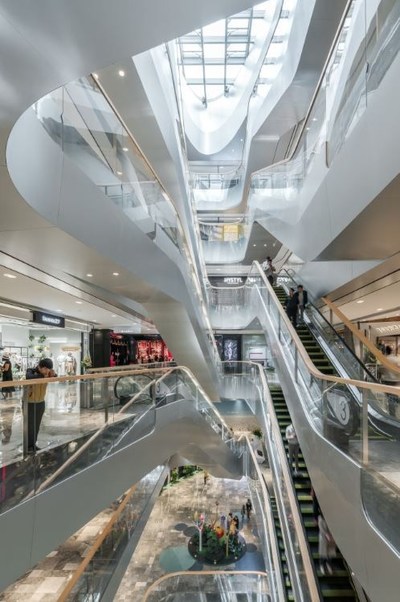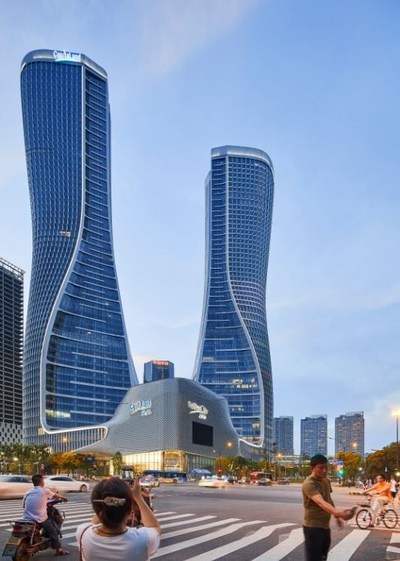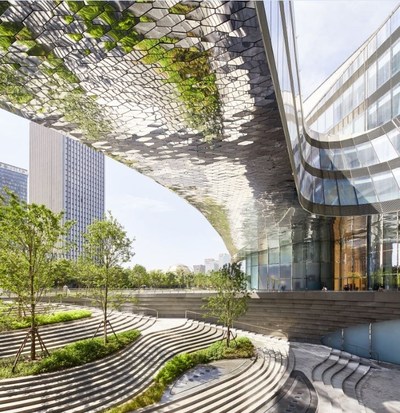Raffles City Hangzhou: Improving Quality of Life Through Design
AMSTERDAM, September 20, 2017 /PRNewswire/ --
Raffles City Hangzhou, a two-tower sustainable hub designed by Ben van Berkel / UNStudio, has been completed. The eighth Raffles City development by CapitaLand in China, it has become a major landmark along the green axis of Hangzhou's new CBD, and a focal point for living, working and leisure.



(Photo: http://mma.prnewswire.com/media/558785/Raffles_City_Hangzhou_Inside.jpg )
(Photo: http://mma.prnewswire.com/media/558786/Raffles_City_Hangzhou_View.jpg )
(Photo: http://mma.prnewswire.com/media/558787/Raffles_City_Hangzhou.jpg )
Located 50 minutes by high-speed train from Shanghai, Hangzhou has become an economic powerhouse within China today, boosted by its thriving tech sector. For a city with such strong ambitions for sustainability, economy and living quality, UNStudio asked the question: How can a dense, mixed programme stimulate sustainable living and improve quality of life?
Throughout the building, combined programmes are interconnected in one seamless movement. The 116,000m2 podium at the base of the tower begins this interconnected flow. Organised as two intersecting figure-of-eights, the podium accommodates a wide range of mixed-use functions. Situated at the centre of the retail spine, a spectacular atrium forms the organisational and visual focus of the interior, connected by a ribboning bamboo handrail. Overhead, the towers provide space for offices, SOHO and Strata apartments and a Conrad hotel. This provides citizens with a healthy, socially integrated environment, while ensuring that programmes are active 24/7.
Clad in a shimmering scale-like skin of aluminum tiles, the towers feature an outer layer of rotated, vertical solar shading fins, placed atop the curtain wall system. Accentuating the tower's characteristic twist, they also frame internal views. Reflecting the movement of the Qiantang river, the tower design features a wave-like motion. These concentric waves increase in their dynamism, starting calmly at the base and building up more vigorously along the vertical axis. Inclining themselves towards the river and green axis, the signature contrapposto twist of the towers come to life.
Tackling sustainability, Raffles City integrates important strategies to achieve a Gold LEED certification. Not only do the building's efficient materials and structure work in concordance with one another, but the use of natural ventilation, solar gain and daylighting principles tailored to the local context, lower the building's energy and material demands. Raffles City Hangzhou is the first retail mall in China to use natural ventilation on a large scale. Furthermore, the east-west orientation of the towers minimises overshadowing while maximising daylight for the residences and offices.
Share this article